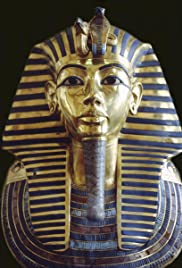
What killed King Tutankhamun? Ever since his spectacular tomb was discovered, the boy king has been the most famous pharaoh of all ancient Egypt. But his mysterious death, at just 19 years old, has never been explained. In this BBC One special, presenter Dallas Campbell reveals new scientific research and carries out unique experiments to get to the truth. For the first time, a virtual autopsy of Tut’s mummified body reveals astonishing secrets about the pharaoh. Using CT scan data, the programme creates the first ever full size, scientifically accurate image of the real Tutankhamun. Brand new DNA analysis uncovers a shocking secret about Tut’s family background, and the genetic trail of clues leads to a radical and revolutionary new theory to explain Tut’s sudden and unexpected death. This is an epic detective story that uncovers the extraordinary truth of the boy behind the golden mask.
You May Also Like
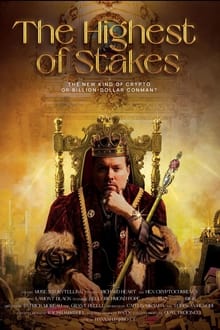
A documentary on Richard Heart and the Hex Token
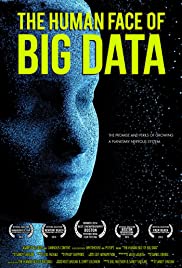
With the rapid emergence of digital devices, an unstoppable, invisible force is changing human lives in ways from the microscopic to the gargantuan: Big Data, a word that was barely used a few years ago but now governs the day for many of us from the moment we awaken to the extinguishing of the final late-evening light bulb. This massive gathering and analyzing of data in real time is allowing us to not only address some of humanity biggest challenges but is also helping create a new kind of planetary nervous system. Yet as Edward Snowden and the release of the Prism documents have shown, the accessibility of all these data comes at a steep price. The Human Face of Big Data captures the promise and peril of this extraordinary knowledge revolution.

Since 1987, and for almost three decades, New York cinephiles had access to a vast treasure trove of rare films thanks to Kim’s Video, a small empire run by Yongman Kim, an enigmatic character who amassed more than fifty thousand VHS tapes.
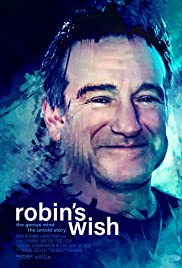
The final word in the story of what really happened to Robin Williams at the end of his life, focusing on his fight against a deadly neurodegenerative disorder known as Lewy body dementia.

To mark the recent thirtieth anniversary of Sergio Leone’s death, this documentary sets out to pay tribute to one of the great legends of world cinema. The singular artistic vision of Sergio Leone has transcended national borders, creating the Spaghetti Western genre and transforming the international cinematic panorama forever with his innovative stylistic and narrative solutions, which have now become part of the language of the movies. The film, which is enriched with precious archive footage from the Cineteca di Bologna, including rare audio recordings and film clips shot behind the scenes, sees for the first time the direct participation of the Leone family and has interviews both with Leone’s longtime collaborators and with icons of Hollywood who have been profoundly influenced by his work.
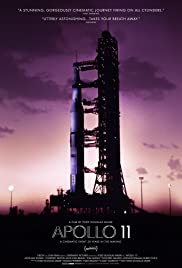
A look at the Apollo 11 mission to land on the moon led by commander Neil Armstrong and pilot Buzz Aldrin.

Fascinating new translations and fresh research are transforming the myth of Atlantis from the realm of fantasy into an incredible reality. Travel across continents and centuries to unlock the secrets of Plato’s final legacy – a true story of Ancient Greece, Africa, and climate change across deep time.

A documentary series exploring the subject matter of Lifetime original movies.

“Bigfoot Doesn’t Exist” delves into the myth and reality of America’s favorite cryptid. The documentary features interviews with scientists and enthusiasts, alongside deep dives into the habitats where Bigfoot is said to roam. The film debunks long-held beliefs and showcases the psychological allure of legends in shaping human perception. A captivating exploration that challenges the line between myth and reality.

A documentary on legendary movie-poster artist Drew Struzan.
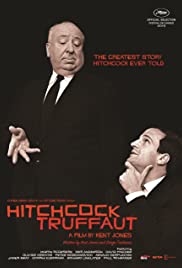
Filmmakers discuss the legacy of Alfred Hitchcock and the book “Hitchcock/Truffaut” (“Le cinéma selon Hitchcock”), written by François Truffaut and published in 1966.

In the early 1980s, police were investigating a series of threatening letters. When the police discovered that Rev Owen was the author behind the letters, it was the start of one of Britain’s most eerie criminal cases to this day.